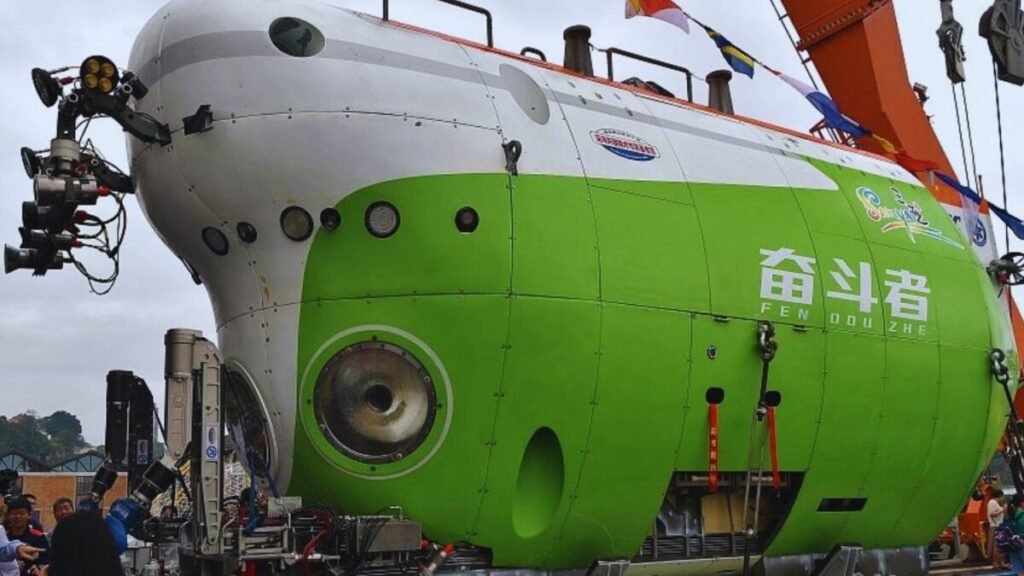Unforeseen Adventures in the Deep: Ocean Exploration Shatters Biological Boundaries

At more than nine kilometers below the sea, in a world without light and under crushing pressures, a surprising discovery has been made. Researchers have found a network of hidden ecosystems thriving thanks to unexpected chemical processes. This challenges traditional models of marine biology and raises questions about the deep carbon of the planet.
An ecosystem that defies logic
The trenches of Mariana and Tonga, in the northwest Pacific, have been the scene of an unprecedented discovery. With the submersible DSV Limiting Factor, researchers explored over 2,500 kilometers of the ocean floor and found habitats dominated by tube worms and bivalves, adapted to extreme conditions where photosynthesis is impossible. There, life does not depend on the sun, but on bacteria that convert chemical compounds into energy through chemosynthesis.
The deepest point recorded was at 9,533 meters, in an area dubbed The Deepest, where methane-rich fluids and hydrogen sulfide sustain entire colonies of organisms. This discovery, previously considered improbable, forces a rethink of the very concept of habitability in the deep ocean.
Methane as a hidden biological driver
Research has revealed that the methane present in these areas is of microbial origin, generated by the decomposition of organic matter in the absence of oxygen. These methane reserves feed complex trophic networks that include symbionts, scavengers, and predators.
What is surprising is that methane exceeds expectations by 200 times, suggesting huge reserves of carbon trapped in hydrates beneath the seabed. This not only revolutionizes hadal ecology but also questions the cycling of carbon and its long-term impact on the climate.
In conclusion, these observations “challenge current models of the limits of life and the carbon cycle in the deep ocean,” opening a new window to understand how Earth regulates energy and matter in its most extreme zones.






